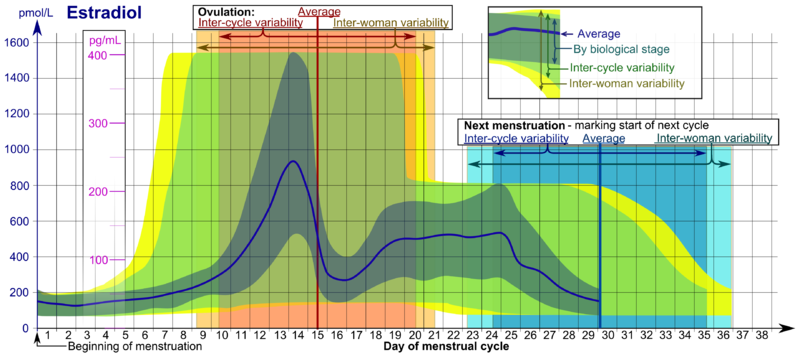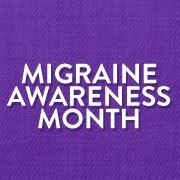These visual disturbances start with a little white spot on just one side of my visual field. It's either on my right or left eye...but never both at once. It's there when my eyes are open and it's there when my eyes are closed. I can't run and hide from it or blink it away. As the time ticks by, the little white spot starts to elongate. It gradually becomes curved flickering white line in the upper lateral quadrant of my visual field. Eventually the flickering line pushes up and out of my visual field entirely. The entire process lasts about 30 minutes for me.
This particular visual disturbance is very elusive to me. It doesn't always precede a pounding headache. Sometimes it comes alone and it disappears without any pain. Sometimes it appears when my alarm goes off in the morning, which makes me wonder if it is healthy to have a startling noise wake me from my deeply needed slumber.
What I experience is a "classic" presentation of an ocular migraine or aura. The flickering lighted line is known as a "scintillating scotoma". If you are like me you have wondered how this visual alteration occurs. What makes me see spots? The experts believe that this is a neurovascular event. It involves the firing of nerve cells in the brain and nerve cell activity affecting the blood flow in the brain. There is an overstimulation of cell firing and then a depression of activity in the brain. You may hear the term "cortical spreading depression" used to describe this cell firing behavior change. The process begins with blood vessels spasming and constricting blood flow. This constriction affects the conductivity between nerve cells causing a disruption along the visual cortex (part of the brain responsible for seeing). As the disrupted firing crosses the visual cortex it causes us migrainuers to see the flickering lighted line. It takes around 20 minutes to completely cross the visual cortex wich corresponds with the length of time spots are seen. If your symptoms end with the scintillating scotoma, it probably means the electrical cell disturbance stopped at the end of your visual cortex. If you are unfortunate enough to experience other symptoms: facial or extremity numbness and tingling or nausea and vomiting it means the electrical disturbance wasn't finished when it got to the end of your visual cortex and decided to go ahead and mess with other areas of your brain as well.
**The picture shown is an artist's rendition of a scintillating scotoma found on Wikipedia. You can see more examples of what a scintillating scotoma looks like by clicking here.








 RSS Feed
RSS Feed
